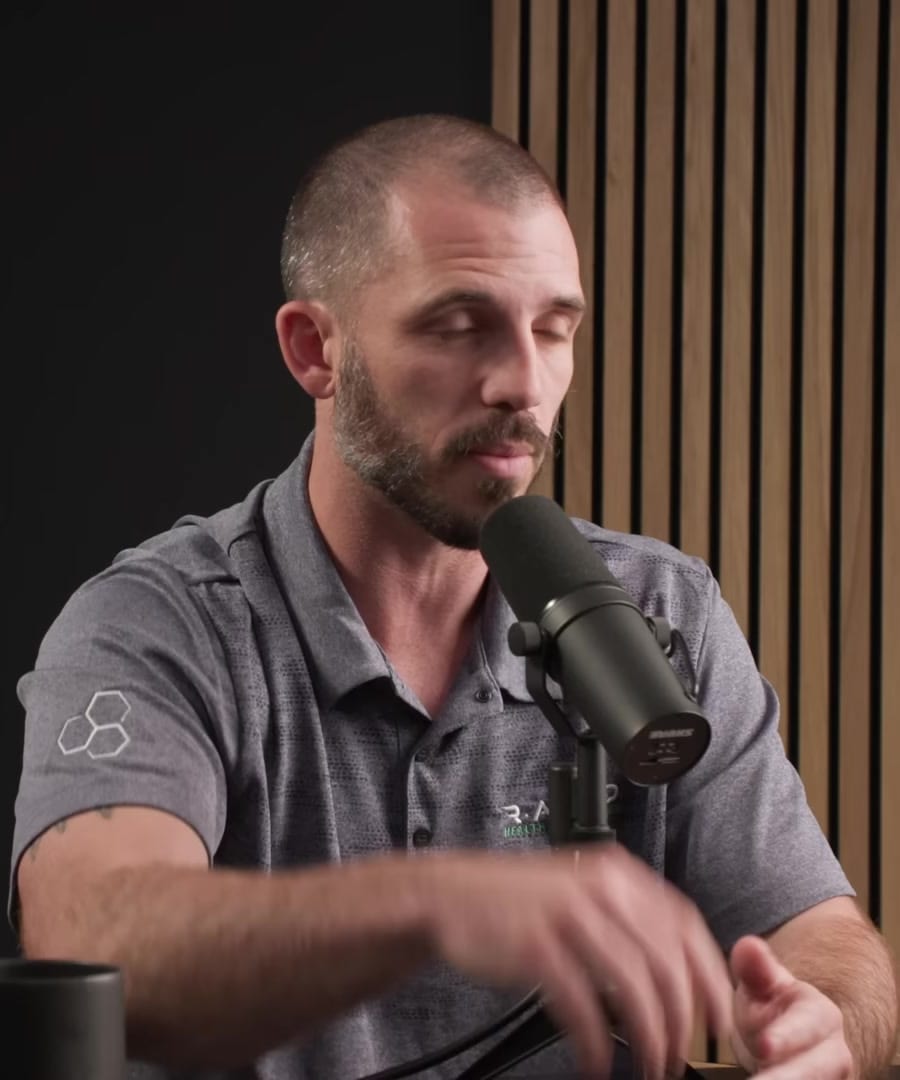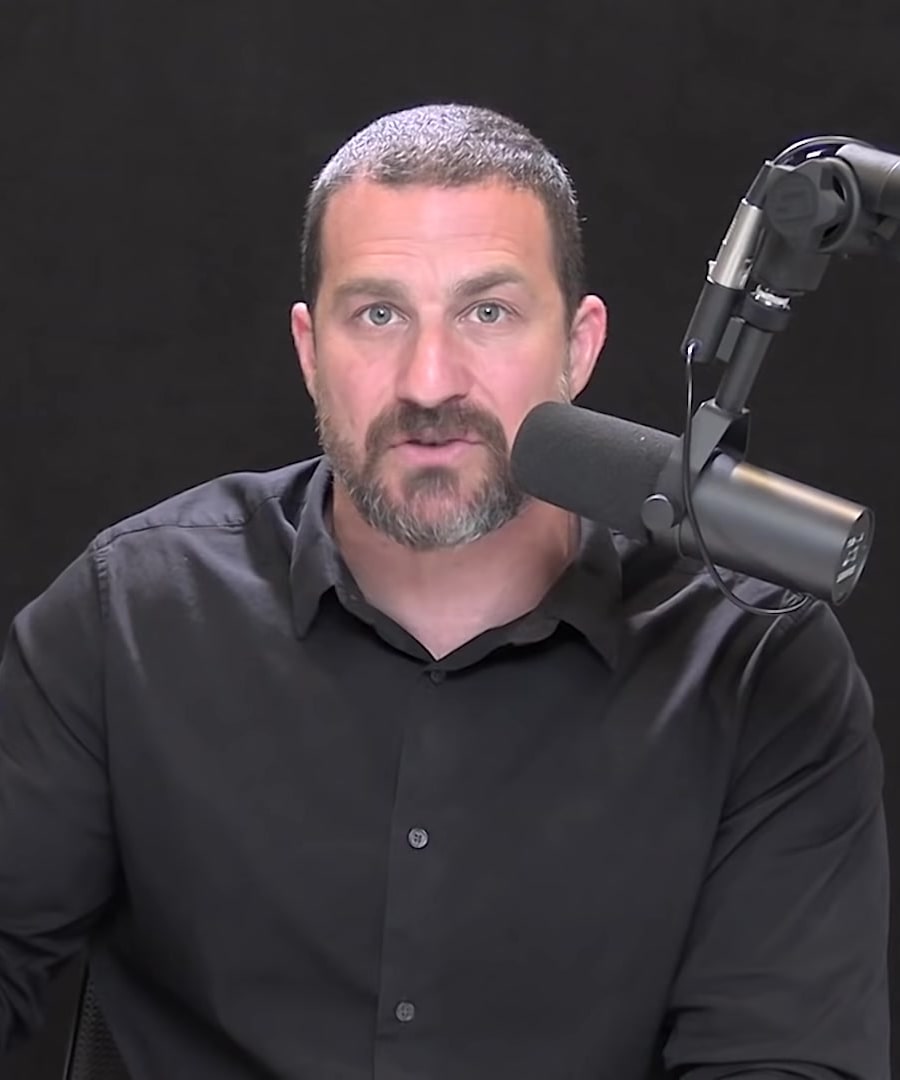Summarize muscle glycogen depletion
Sources:
In the context of muscle glycogen depletion, Andrew Huberman and expert Andy Galpin discuss the significance of replenishing muscle glycogen following resistance training and high-intensity exercise. Glycogen plays a crucial role in the body's energy production and management, and its replenishment is vital after workouts that heavily use muscular stores of this energy substrate. Additionally, they highlight how challenging it can be to restore liver glycogen through exercise alone 1.
Moreover, during endurance activities, the depletion of blood glucose and liver glycogen is a key factor in energy maintenance. When liver reserves are exhausted, neural signals typically urge athletes to cease exertion, but experienced individuals can learn to push past this fatigue signal 2.
Andrew Huberman also emphasizes how high-intensity interval training and resistance training boost molecules that help repack glycogen, which helps divert excess glucose from being stored as body fat. Such exercise regimens are beneficial for managing blood glucose and improving metabolic health due to their prolongation of basal metabolic rate increases 3.
Regarding nutritional strategies, Andy Galpin advises on the importance of fueling for workouts with a focus on the timing of carbohydrate intake. For high-energy workouts, he suggests consuming half a gram of carbohydrate per pound of body weight, adjusting for the workout's intensity. He places more emphasis on protein intake throughout the day over the exact timing of intake for fostering muscle growth 4.
RELATED QUESTIONS
Summarize muscle glycogen depletion
- RELATED QUESTIONS



